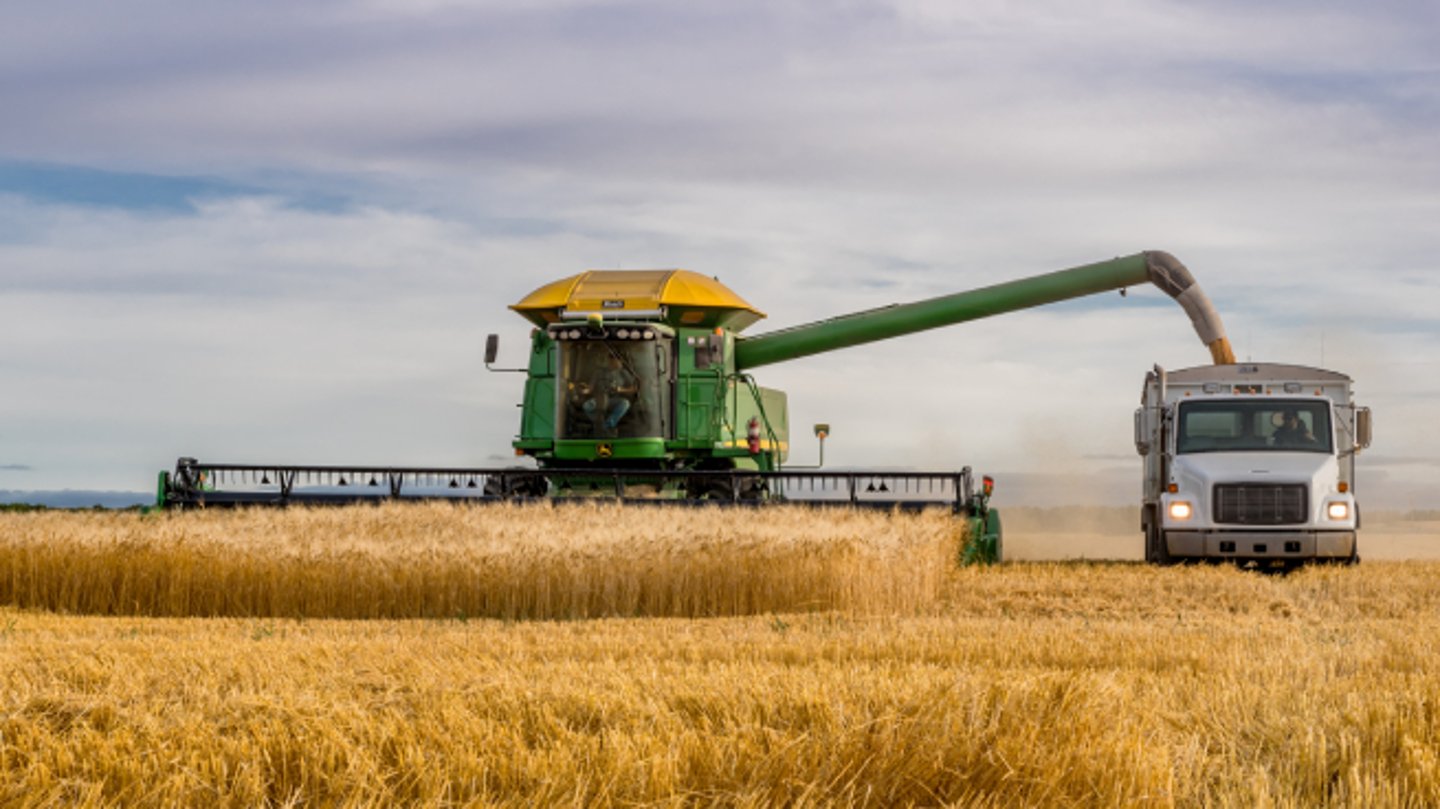Canadian farmland values up 5.5% in 2024: Farm Credit Canada
Canadian cultivated farmland values rose by an average of 5.5% in the first half of this year.
Between July 2023 and June 2024, farmland values increased by 9.6%, Farm Credit Canada (FCC) reported in its mid-year review, representing a slowdown from the previous year.
FCC said higher borrowing costs, lower commodity prices and the increased price of land hasn’t deterred some buyers.
Looking ahead, lower borrowing costs and a limited supply of available farmland should sustain current values.
"The continued rise in farmland values highlights a positive and robust long-term outlook for the agriculture sector. As we move into the latter half of 2024, the trends in farm revenues and interest rates will be key indicators of where farmland values might head next," said J.P. Gervais, FCC's chief economist, in a release.
READ: Farmland is getting expensive, and that’s not necessarily a bad thing
Gervais said farm cash receipts are projected to decline overall this year by 3.3% as commodity prices are slow to rebound, possibly limiting farmers' capacity to assign higher valuations to land.
For the second consecutive year, Saskatchewan and Quebec recorded the highest average six-month increases in the country at 7.4% and 5.4%, respectively.
The rates in New Brunswick, British Columbia and Alberta settled in the same range of 5.2%, 5% and 4.6%, respectively.
Manitoba recorded a growth rate of 3.9%, closely followed by Nova Scotia at 3.8%.
Ontario recorded a lower increase at 2.1%, with Prince Edward Island concluding the list at 1.7%.




